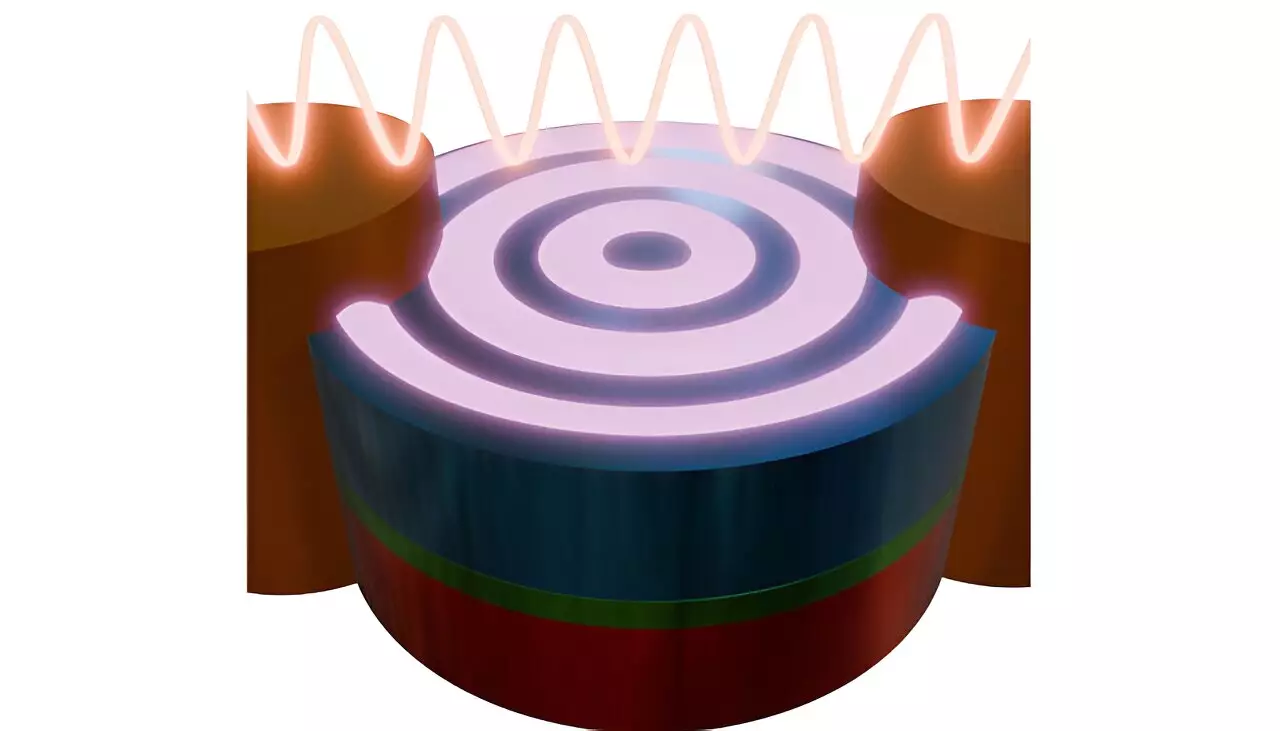As we venture deeper into the digital age, the limitations of traditional computing devices are becoming increasingly apparent. Current central processing units (CPUs), widely utilized in laptops, desktops, and mobile devices, rely heavily on billions of transistors constructed using complementary metal oxide semiconductor (CMOS) technology. While these components have served us well for decades, they face significant challenges that threaten their sustainability. The desire for smaller, more powerful devices coupled with concerns over energy consumption has propelled researchers to explore alternative computing architectures. One such promising avenue is the exploitation of magnons—quanta of spin waves—that could redefine how information is processed in the future.
Magnons can be visualized as wave-like disturbances in the alignment of magnetic spins within a material, much like ripples across a still lake. By picturing a scenario where a stone dropped into water generates waves, one can draw parallels to the excitation of spin waves through magnetic materials. The potential benefits of utilizing spin waves for information transfer are vast: they allow for the efficient movement of energy and data with minimal losses, overcoming many of the limitations associated with conventional electrical signals. Notably, the challenge remains in effectively generating short-wavelength spin waves within these systems, as traditional methods often fall short in efficiency.
Recent collaborative research from institutions such as the University of Vienna, the Max Planck Institute for Intelligent Systems, and Helmholtz Centers in Berlin and Dresden has made significant strides in overcoming the hurdles associated with spin-wave generation. The researchers have innovated a straightforward approach: rather than relying on complex nanofabrication techniques to create nano antennas, they introduced a lateral alternating current geometry within synthetic ferrimagnetic vortex pairs. This new method demonstrates an astonishing increase in the efficiency of spin-wave emission, surpassing previous strategies by considerable margins.
At the core of this advancement lies the concept of synthetic ferrimagnetic systems—layers of magnetic materials that exhibit opposite magnetization patterns. Such configurations allow for the optimal excitation of magnons through the magnetic fields generated by alternating currents. This interplay of opposing magnetizations enables researchers to stimulate the release of spin waves at unprecedented efficiency, making it a game-changer for magnonic devices aiming to perform both conventional and unconventional computing tasks.
One of the notable findings from this research is the ability to dynamically steer spin waves. By integrating materials that adjust their magnetization in response to applied strain, the direction and behavior of spin waves can be manipulated by simply altering the magnitude of the electric current. This represents a monumental leap toward developing active magnonic devices capable of reprogramming and adapting to a wide array of computational needs. As technology progresses, the implications of such control could radically transform how systems are designed and utilized, paving the way for more versatile computing solutions.
The implications of this research extend far beyond theoretical advances. The findings usher in the potential for creating reprogrammable magnonic circuits, significantly reducing energy consumption and enhancing the adaptability of computing systems. The exploration of magnon-based technologies signifies a crucial step towards the next generation of computing, fundamentally shifting our approach to electronics and data processing.
While the path ahead remains fraught with challenges, the collaboration of scientists in this realm signifies a collective commitment to pushing the boundaries of technology. As researchers continue to refine the techniques for generating and controlling magnons, we may soon witness a new horizon of computing that not only meets the demands of modern society but does so in a manner that is sustainable and energy-efficient. The future of computing may very well rest in the waves we have yet to fully harness.


Leave a Reply